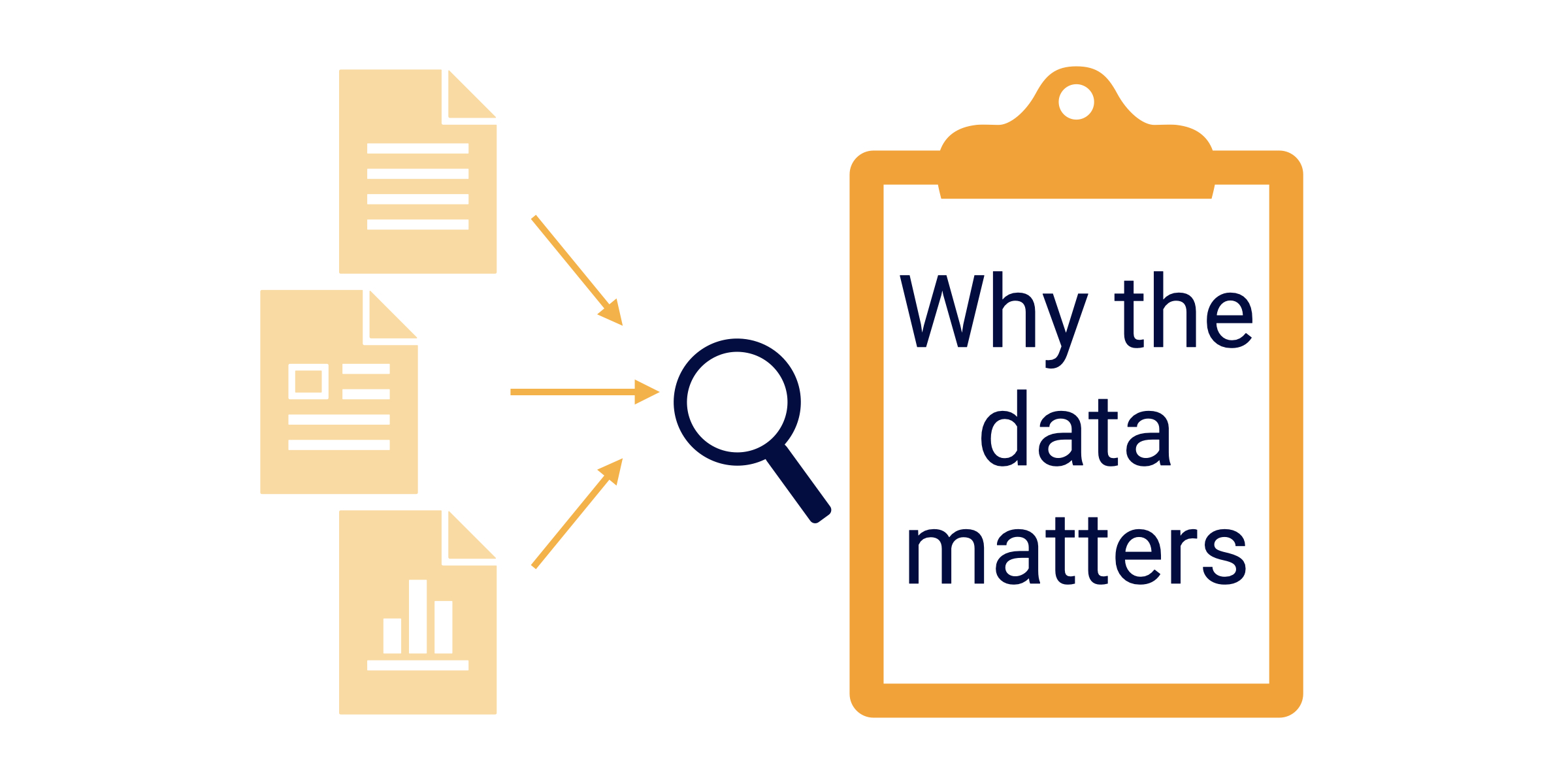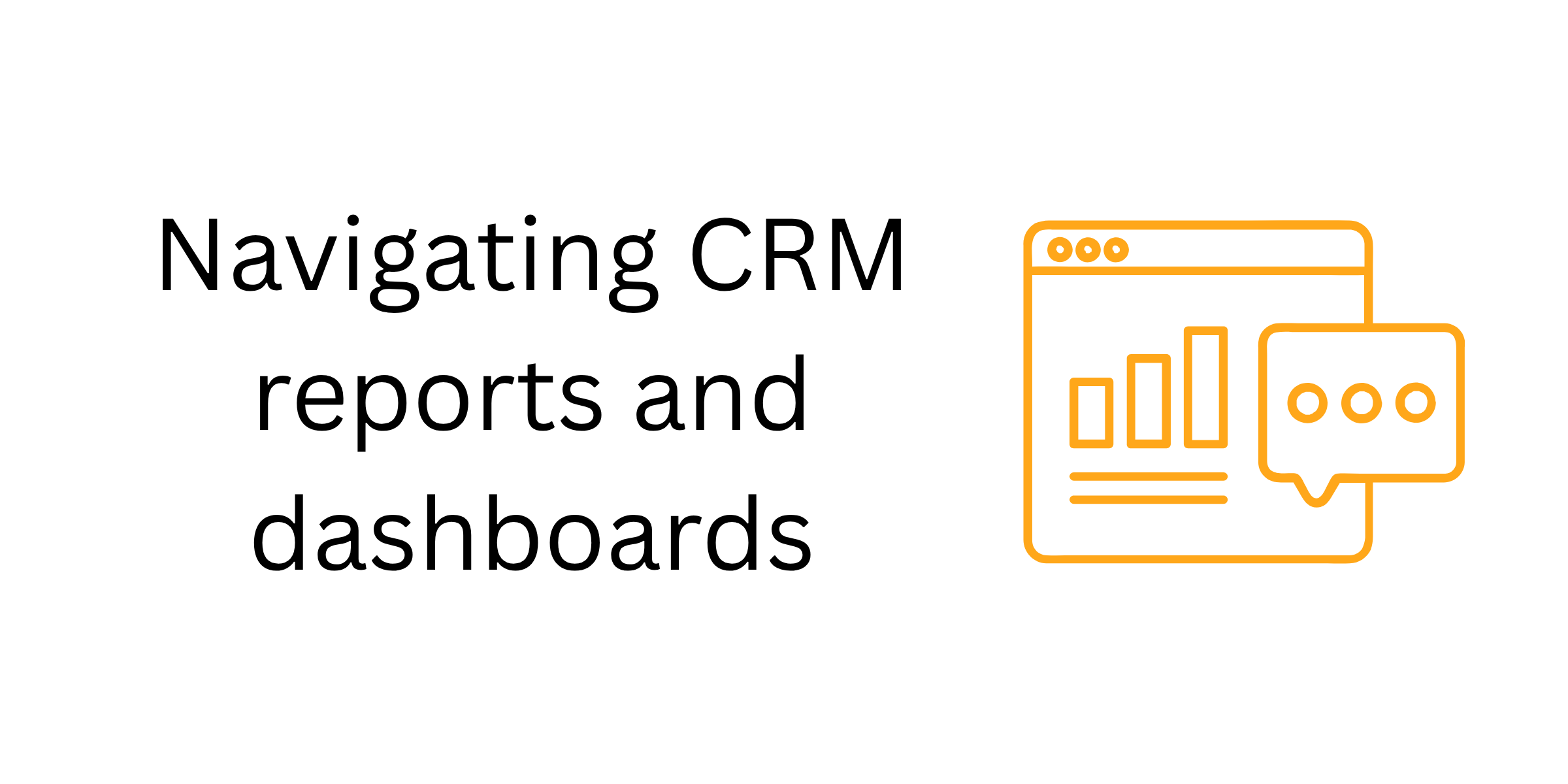Understanding your sales tracking performance reports
Understanding your sales tracking performance reports


In today’s data-driven landscape, sales performance reporting is more than just a nice-to-have; it’s a critical component in closing the loop between marketing efforts and actual revenue outcomes. While marketing may generate leads and build pipelines, it’s sales performance data that tells you what’s truly working, what’s not, and where revenue is really coming from. Without clear visibility into these insights, it's nearly impossible to align teams, optimize spend, or scale results.
This article is designed to help you confidently interpret your sales tracking performance reports so you can make smarter, faster decisions. Whether you're evaluating your team's efficiency, forecasting future revenue, or trying to understand which marketing channels deliver the highest ROI, knowing how to read and act on these reports is essential.
When used effectively, sales tracking data can significantly improve your return on investment, sharpen your revenue forecasts, and reveal opportunities to streamline your sales process. Let’s break down what to look for—and how to turn those numbers into meaningful business outcomes.
💡 Get a personalized walkthrough of your sales tracking data
What are sales tracking performance reports?
Sales tracking performance reports are specialized analytics tools that provide a clear view of how marketing-driven leads are progressing through the sales funnel, and ultimately, how those leads are impacting revenue. In the martech context, these reports serve as the connective tissue between marketing campaigns and actual closed deals, helping teams assess the effectiveness of their efforts across the full customer journey.
Unlike generic CRM reports, which often focus on contact records, activities, and pipeline snapshots, or marketing dashboards that emphasize impressions and lead volume, sales tracking performance reports go a step further. They integrate data from both marketing and sales systems to deliver actionable insights on performance, efficiency, and revenue contribution.
These reports typically include key metrics such as:
- Lead-to-Close Rate: The percentage of leads that convert into paying customers. This is critical for evaluating lead quality and sales effectiveness.
- Deal Stage Conversion: How well leads are progressing through each stage of the sales funnel. This highlights friction points or drop-offs that need attention.
- Sales Cycle Length: The average time it takes to close a deal. Shorter cycles often mean more efficient processes and better-qualified leads.
- Revenue Attribution: Insights into which marketing channels, campaigns, or touchpoints are driving actual sales, not just traffic or leads.
- Sales Rep Performance: Individual and team-level performance data, such as win rates, deal volume, and quota attainment. This can inform coaching, resource allocation, and hiring decisions.
What sets sales tracking performance reports apart is their focus on outcomes, not just activity. They give revenue teams a unified view of how marketing investments translate into sales results, allowing for more accurate forecasting, better budget decisions, and tighter alignment between departments.
In short, if you're serious about maximizing ROI and scaling your go-to-market strategy, understanding your sales tracking reports is non-negotiable.
Key metrics to focus on and what they tell you
Once you're familiar with the structure of your sales tracking performance reports, the next step is knowing which metrics actually matter, and what they reveal about your sales and marketing performance. Not all data points carry equal weight. The following metrics are essential for identifying where to optimize and how to drive better outcomes across the funnel.
1. Lead Source Performance
What it tells you: Which channels and campaigns are generating not just leads, but closed revenue.
Looking at performance by lead source helps you move beyond vanity metrics like clicks and form fills. Instead, you’ll see which acquisition efforts consistently deliver qualified leads that actually convert into customers. This is key for allocating marketing spend and prioritizing the right channels.
Tip: Pair this with revenue attribution data to understand multi-touch journeys.
2. Pipeline Velocity
What it tells you: How quickly leads move through your pipeline—from first touch to close.
Pipeline velocity gives you a clear picture of sales momentum. A slow pipeline might indicate friction points, e.g. unclear messaging, lack of sales enablement content. A fast-moving pipeline suggests well-aligned marketing and sales processes.
Formula: (Number of Opportunities × Average Deal Value × Win Rate) / Sales Cycle Length
3. Deal Stage Conversion Rates
What it tells you: Where prospects drop off in the sales process, and where you may need to refine your approach.
Tracking conversion rates between stages, e.g., from discovery to proposal, or proposal to closed-won, can help you spot issues like poor qualification, pricing objections, or ineffective follow-up. This insight enables targeted improvements to messaging, content, or rep training at specific stages.
4. Sales Cycle Length
What it tells you: How long it takes, on average, to turn a lead into a customer.
Understanding your sales cycle length helps with revenue forecasting and resource planning. If your sales cycle is trending longer, it may signal inefficient processes, a mismatch in lead quality, or complexity in your offer that needs to be addressed.
Pro Tip: Segment this by deal size or industry to get more nuanced insights.
5. Revenue Attribution
What it tells you: Which marketing activities are directly influencing sales outcomes.
Attribution connects marketing investment to revenue. Whether you're using first-touch, last-touch, or multi-touch attribution, this metric reveals which campaigns, keywords, or content pieces are driving real business impact, not just engagement.
Why it matters: It empowers marketing leaders to justify spend and double down on what works.
6. Sales Rep Performance
What it tells you: How individual team members are contributing to overall revenue.
Track metrics like win rate, average deal size, quota attainment, and activity volume to evaluate rep performance. This allows sales leaders to identify top performers, uncover coaching opportunities, and manage territories more effectively.
By focusing on these metrics, you're not just collecting data; you’re using it to uncover bottlenecks, scale what's working, and drive measurable improvement across the entire revenue engine.
💡 Book a free consultation and discover how to get actionable data from your sales tracking reports
How to use your reports to make better decisions
Collecting data is one thing; knowing how to act on it is where the real value lies. Sales tracking performance reports aren’t just for post-mortem analysis; they’re powerful decision-making tools that can directly influence strategy, execution, and revenue growth. Here's how to leverage them effectively.
1. Optimize Budget Allocation
Sales tracking reports show you exactly which lead sources and campaigns generate closed revenue, not just leads. This enables data-driven budget shifts from low-performing channels to those with the highest ROI. Instead of guessing where to invest, you can double down on what demonstrably works.
Action tip: Filter reports by lead source + deal value to prioritize high-ROI acquisition channels.
2. Improve Marketing and Sales Alignment
When both teams operate from the same performance data, alignment becomes much easier. Marketing can see which content, campaigns, or messages are converting leads into opportunities. Sales can provide feedback on lead quality, deal obstacles, or common objections.
Result: Shared goals, better handoffs, and a more efficient funnel.
3. Diagnose Funnel Bottlenecks
By tracking deal stage conversion rates and pipeline velocity, you can identify exactly where leads are getting stuck or dropping off. This allows you to target those friction points, whether it’s sales enablement gaps, process inefficiencies, or misaligned messaging.
Example: A high drop-off rate from demo to proposal might signal the need for better sales collateral or stronger value positioning.
4. Sharpen Sales Forecasting
Historical sales data, especially when segmented by rep, deal type, or product, makes forecasting significantly more accurate. You can anticipate close rates, deal timelines, and revenue potential with greater confidence, helping your business make smarter operational and financial decisions.
Bonus: Use trends in sales cycle length and deal value to inform future hiring and capacity planning.
5. Drive Sales Rep Performance
With rep-level insights, you can coach with precision. Is one rep consistently closing faster? What are their habits or strategies? Is another rep struggling at a specific deal stage? Use performance data to support your team, personalize training, and replicate success.
What to track: Win rates, average deal size, activity volume, stage-by-stage conversion.
By turning your sales tracking reports into strategic levers, not just historical summaries, you give your team the insight it needs to act with clarity and confidence. The result? Faster decisions, better alignment, and more predictable revenue growth.
⚠️ Not sure where to start? Download our free Sales Report Audit Checklist and get instant clarity on what metrics to monitor.
Want to Make This Easy?

Download our free Sales Tracking Report Template
Visualize your sales performance, identify bottlenecks, and align your team, faster.
Common Mistakes to Avoid When Interpreting Sales Reports
Sales tracking performance reports are only as valuable as the conclusions you draw from them. Misinterpreting or misusing this data can lead to poor decisions, misaligned strategies, and wasted resources. Here are some of the most common pitfalls, and how to avoid them.
1. Focusing on Vanity Metrics Instead of Outcomes
It’s easy to get caught up in surface-level numbers like total leads, email open rates, or activity volume. But unless these metrics connect directly to pipeline movement or closed revenue, they risk distracting from what really matters.
Avoid it by: Prioritizing performance indicators tied to revenue, such as win rates, deal progression, and ROI by channel.
2. Ignoring Context Behind the Numbers
Data without context can be misleading. For example, a sudden dip in conversion rates could stem from seasonality, changes in your pricing model, or a new competitor, not necessarily poor sales performance.
Avoid it by: Reviewing reports alongside campaign calendars, sales activities, and external market factors to understand the “why” behind the numbers.
3. Overlooking Segmentation
Aggregated data can hide important insights. A 20% average conversion rate might look healthy until you segment by industry or persona and discover that some segments are converting at half that rate.
Avoid it by: Slicing data by rep, region, industry, deal size, or campaign to uncover hidden trends and optimize more precisely.
4. Treating Data as Static
Sales tracking reports should be reviewed regularly, not just at the end of the quarter. Waiting too long to review performance data means you’re missing opportunities to course-correct in real time.
Avoid it by: Setting up recurring report reviews (weekly or biweekly) and using live dashboards to stay agile.
5. Relying on Incomplete or Dirty Data
If your CRM isn’t updated consistently or your lead sources aren’t properly tagged, your reports won’t reflect reality. Incomplete or inaccurate data leads to faulty conclusions and potentially bad decisions.
Avoid it by: Regularly auditing your data hygiene processes and ensuring clear protocols for CRM updates, lead tagging, and campaign tracking.
By steering clear of these common mistakes, you’ll get more accurate insights, make smarter decisions, and avoid the costly missteps that come from reading the wrong story in the data.
ℹ️ Learn more about navigating CRM reports and dashboards
Final thoughts
Sales tracking performance reports aren’t just dashboards to glance at. They’re powerful tools for:
- driving revenue,
- improving team alignment,
- and making confident, data-informed decisions.
When you understand how to interpret the right metrics, these reports can tell you exactly where to double down, where to pivot, and how to optimize the entire journey from lead to closed deal.
From identifying your highest-performing channels to spotting friction points in the funnel or refining your sales forecasting, the insights hidden in your sales data are often the difference between growth and stagnation. But it all starts with knowing how to read the signals and act on them.
If you're serious about maximizing ROI, streamlining your sales cycle, and scaling your go-to-market strategy, now is the time to turn your sales reports into a strategic advantage, not just a retrospective.





